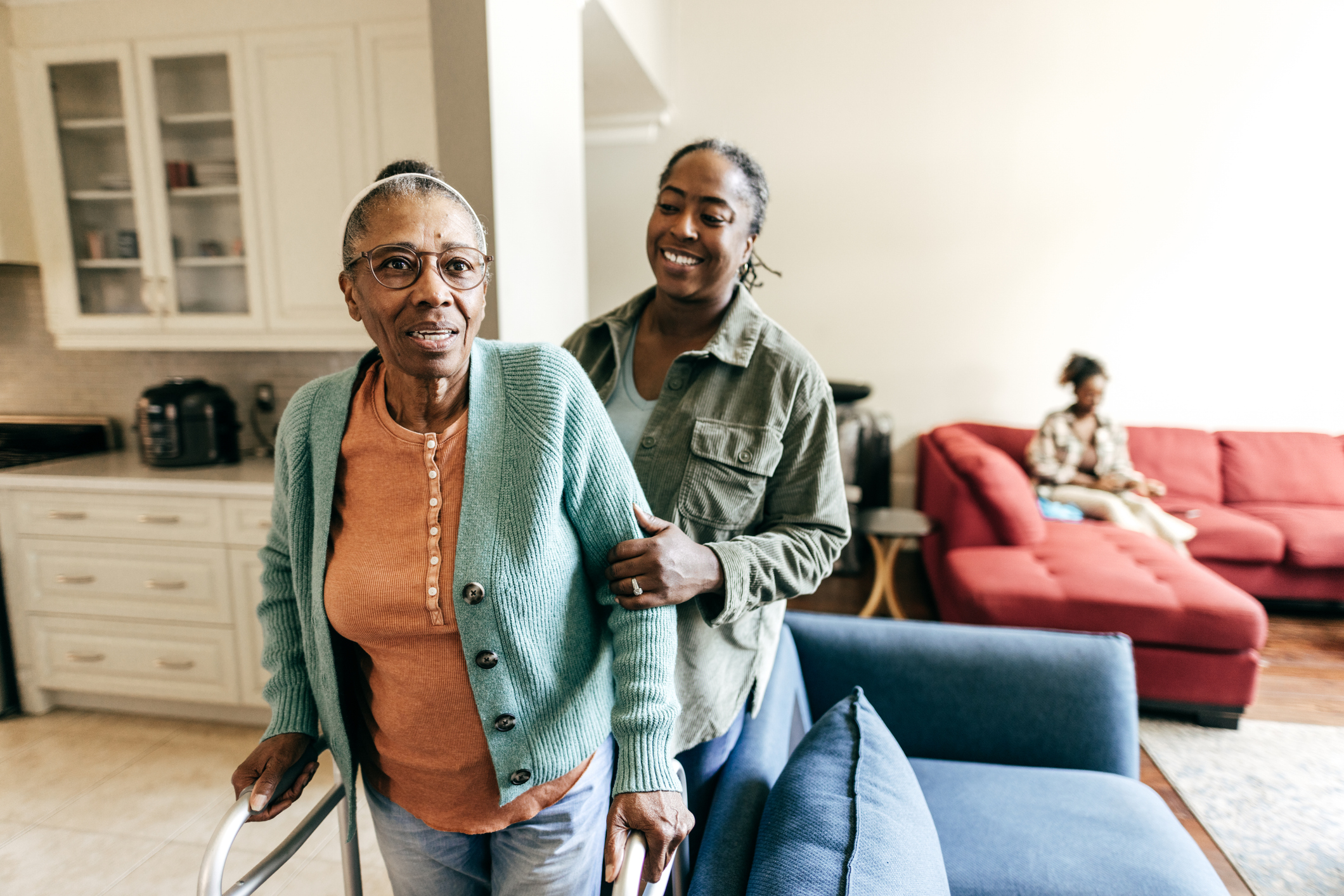Justice for all: Recognizing the signs of elder abuse
A woman arrives at the ER late one morning after a neighbor found her collapsed at home. The woman had suffered a seizure and upon further discussion, it is found to have occurred since she is no longer taking medications for her chronic health conditions. Further testing reveals that she is also is malnourished. She is no longer able to cook or feed herself due to severe arthritis. The woman lives alone and her children live across the country. She has no friends or family nearby to provide informal support, nor is she enrolled in any formal supports, such as government programs or social services, to help with her progressive barriers to daily living tasks. Older Adult Protective Services is called.
Elder mistreatment and abuse is a prevalent issue in our society. According to the National Center for Elder Abuse (NCEA) one in 10 Americans age 60-plus have experienced abuse. While emotional, physical, and psychological effects are felt by those impacted by abuse and financial exploitation, these offenses also have the potential to carry significant legal and health care costs.
Preventing and addressing elder abuse takes a community of formal and informal supports to educate, empower and provide justice for all. The supports that combat elder abuse, including those that keep individuals connected to their communities and others, are often the same as those that prevent social isolation – a risk factor for abuse, exploitation and neglect. To combat elder abuse, it is everyone’s responsibility to take preventive measures and to report any suspected cases.
What is elder abuse?
Elder abuse is the infliction of injury, unreasonable confinement, intimidation or punishment with resulting physical harm, pain or mental anguish; the willful deprivation by a caretaker of goods or services which are necessary to maintain physical or mental health; and/or sexual harassment, rape or abuse. Elder abuse can occur anywhere in the community, an institutional setting or an individual’s residence.
What are the risk factors?
While abuse, exploitation and neglect can happen to anyone, certain factors can increase the risk. According to the National Center on Elder Abuse (NCEA), individuals 80 and older and women are more likely to experience abuse.
Additional risk factors for elder abuse, according to the NCEA, include:
- Social isolation
- Lack of access to support services and community resources
- Physical, mental or emotional support needed to perform daily activities
Is self-neglect a form of elder abuse?
Self-neglect is the failure to provide for oneself the goods or services essential to avoid a clear and serious threat to physical or mental health. According to the 2019-2020 Pennsylvania Department of Aging’s Protective Services Report, self-neglect accounted for the highest percentage (38%) of substantiated elder abuse cases reported through protective services. Suspected cases of self-neglect should be reported to protective services, so those individuals can receive needed support to fulfill unmet needs.
What are the warning signs?
Signs of abuse, exploitation and neglect can manifest in an individual’s physical appearance, behavior or finances:
- Isolation from friends and family, signs of trauma, and withdrawal from usual activities
- Fraudulent signatures, unpaid bills and unusual spending
- Poor hygiene, stained clothing, unmet medical needs, unexplained injuries, unexplained weight loss, and unsanitary living conditions
How can I prevent elder abuse?
According to the NCEA, some of the most important actions individuals can take are staying connected with older adults and their caretakers to discuss challenges and provide support. These conversations can also include discussing a care plan if the older adult becomes incapacitated or experiences an emergency.
What resources are available?
The following programs are available to support an individual’s ability to live safely and independently in the community include:
- Community HealthChoices (formerly Long-term Care Waivers): Coordinates the way participants receive their physical health services and long-term services and supports so that more people can stay in their homes and communities.
- Social Security’s Representative Payment Program: Provides benefit payment management for beneficiaries who are incapable of managing their Social Security or Supplemental Security Income payments.
- Long-term Care OPTIONS: Provides home- and community-based services for people who need support to remain safely in their homes.
- Victims Services Program: Offers support and services to those affected by crimes.
- Long-Term Care Ombudsman Program: Seeks resolution of problems and advocates for the rights of residents of long-term care facilities with the goal of enhancing the quality of life and care of residents.
Additional resources for elder abuse information and awareness can be found at:
- National Center for Elder Abuse – ncea.acl.gov | 1-855-500-3537
- Pennsylvania Department of Aging – aging.pa.gov/aging-services/Pages/Protective-Services.aspx | 1-800-490-8505
- Philadelphia Corporation for Aging (PCA) – pcaCares.org/services/protection-advocacy | 215-765-9040
Reports of suspected elder abuse or neglect can be made 24/7 to Older Adult Protective Services at Philadelphia Corporation for Aging (PCA) by calling 215-765-9040.




